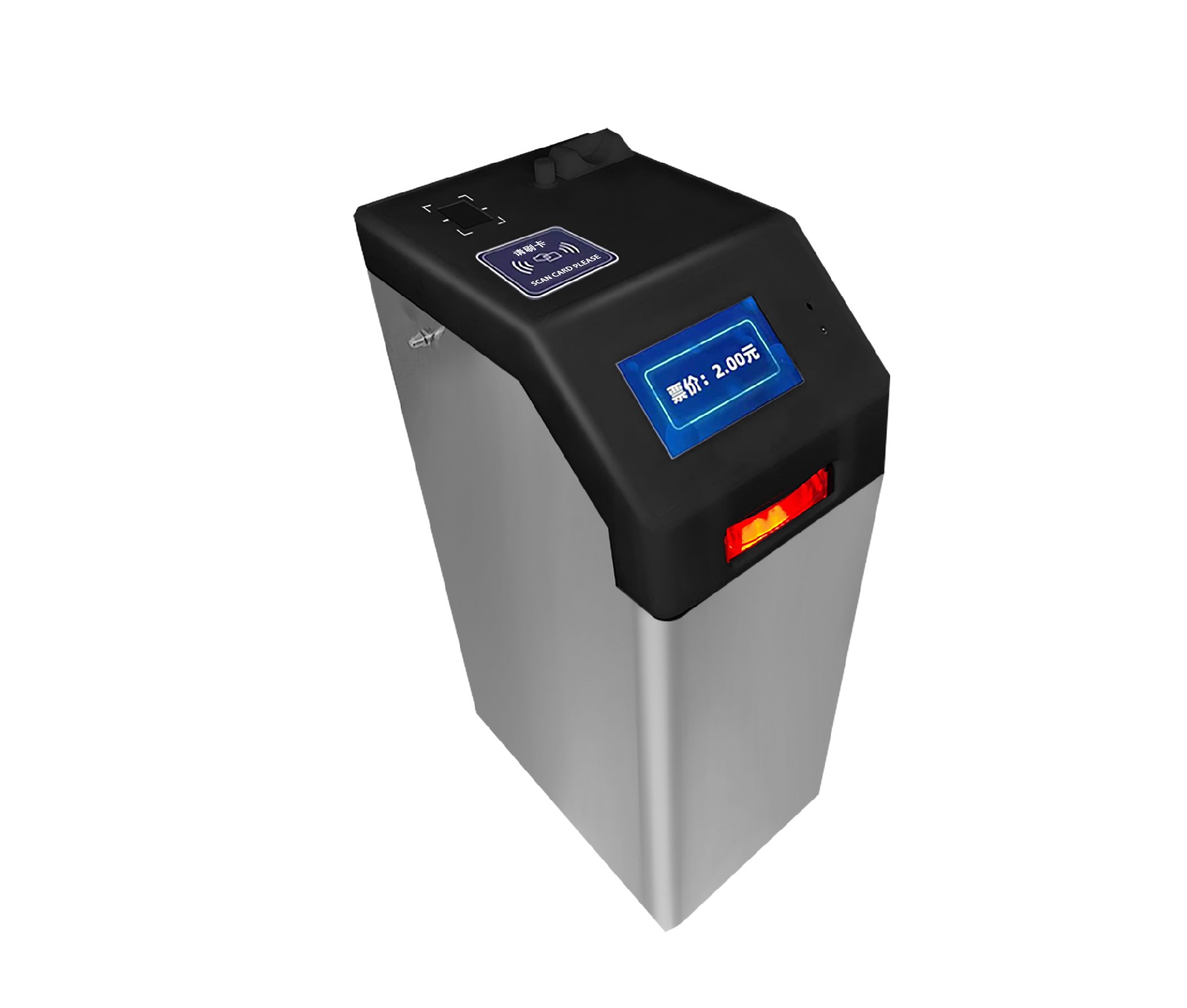

公交智能投币機是一(yī)種現代化的公共交通工(gōng)具投币支付設備,它旨在提高公共交通的效率和便捷性,同時減少人工(gōng)操作的錯誤和時間成本。這種設備通常安裝在公交車(chē)上,允許乘客通過電(diàn)子方式支付車(chē)費(fèi),而不是傳統的現金投币。以下(xià)是公交智能投币機可能具備的一(yī)些功能:
1. 電(diàn)子支付:支持多種電(diàn)子支付方式,如信用卡、借記卡、移動支付(如Apple Pay、Google Wallet、支付寶、微信支付等)、公交卡等,爲乘客提供便捷的支付選項。
2. 硬币和紙(zhǐ)币識别:智能投币機能夠自動識别不同面額的硬币和紙(zhǐ)币,并給出相應的找零。對于不合法的貨币,如假币,投币機會進行提示或拒絕接受。
3. 數據采集:智能投币機能夠收集乘客支付數據,包括交易時間、金額、支付方式等,這些數據對于公共交通運營商(shāng)來說非常有價值,可以幫助他們分(fēn)析乘客行爲,優化運營策略。
4. 故障處理:當投币機出現技術問題時,能夠提供故障診斷和自我(wǒ)修複功能,減少維修成本和停機時間。
5. 語言和圖形界面:投币機可能配備顯示屏,顯示操作指南(nán)和相關信息,同時支持多種語言,方便不同語言背景的乘客使用。
6. 抗幹擾設計:智能投币機通常需要能夠在各種環境下(xià)正常工(gōng)作,包括惡劣的天氣條件、振動、灰塵等,因此它們設計有抗幹擾能力。
7. 安全性:投币機需要具備一(yī)定的安全性,防止惡意攻擊和欺詐行爲,保護乘客和運營商(shāng)的權益。
8. 網絡連接:智能投币機通常通過網絡連接到中(zhōng)央管理系統,以便實時傳輸交易數據,并進行遠程更新和維護。
通過這些功能,公交智能投币機不僅提高了乘客的上車(chē)速度和支付便利性,還爲企業提供了更多有關運營效率和乘客需求的數據,有助于提升整體(tǐ)的服務質量。
The intelligent public transportation coin machine is a modern coin payment device for public transportation, designed to improve the efficiency and convenience of public transportation while reducing errors and time costs associated with manual operations. This equipment is typically installed on buses, allowing passengers to pay fares electronically rather than through traditional cash coinage. Here are some functions that an intelligent public transportation coin machine may have:
1. Electronic Payment: Support multiple electronic payment methods, such as credit cards, debit cards, mobile payments (like Apple Pay, Google Wallet, Alipay, WeChat Pay, etc.), and public transportation cards, providing passengers with convenient payment options.
2. Coin and Bill Recognition: The intelligent coin machine can automatically recognize different denominations of coins and bills, and provide the corresponding change. For invalid currency, such as counterfeit notes, the coin machine will give a warning or refuse to accept them.
3. Data Collection: The intelligent coin machine can collect passenger payment data, including transaction time, amount, payment method, etc. This data is very valuable for public transportation operators, helping them analyze passenger behavior and optimize operational strategies.
4. Fault Handling: When the coin machine encounters technical issues, it can provide fault diagnosis and self-repair functions, reducing maintenance costs and downtime.
5. Language and Graphical Interface: The coin machine may be equipped with a display to show operation instructions and relevant information, and support multiple languages, facilitating the use of passengers from different language backgrounds.
6. Anti-interference Design: Intelligent coin machines usually need to work properly in various environments, including bad weather conditions, vibrations, dust, etc., so they are designed with anti-interference capabilities.
7. Security: The coin machine needs to have certain security features to prevent malicious attacks and fraudulent activities, protecting the rights and interests of passengers and operators.
8. Network Connection: Intelligent coin machines are usually connected to a central management system through the network to transmit transaction data in real time and for remote updates and maintenance.
Through these functions, the intelligent public transportation coin machine not only improves the speed of passenger boarding and payment convenience but also provides businesses with more data on operational efficiency and passenger needs, helping to enhance the overall quality of service.